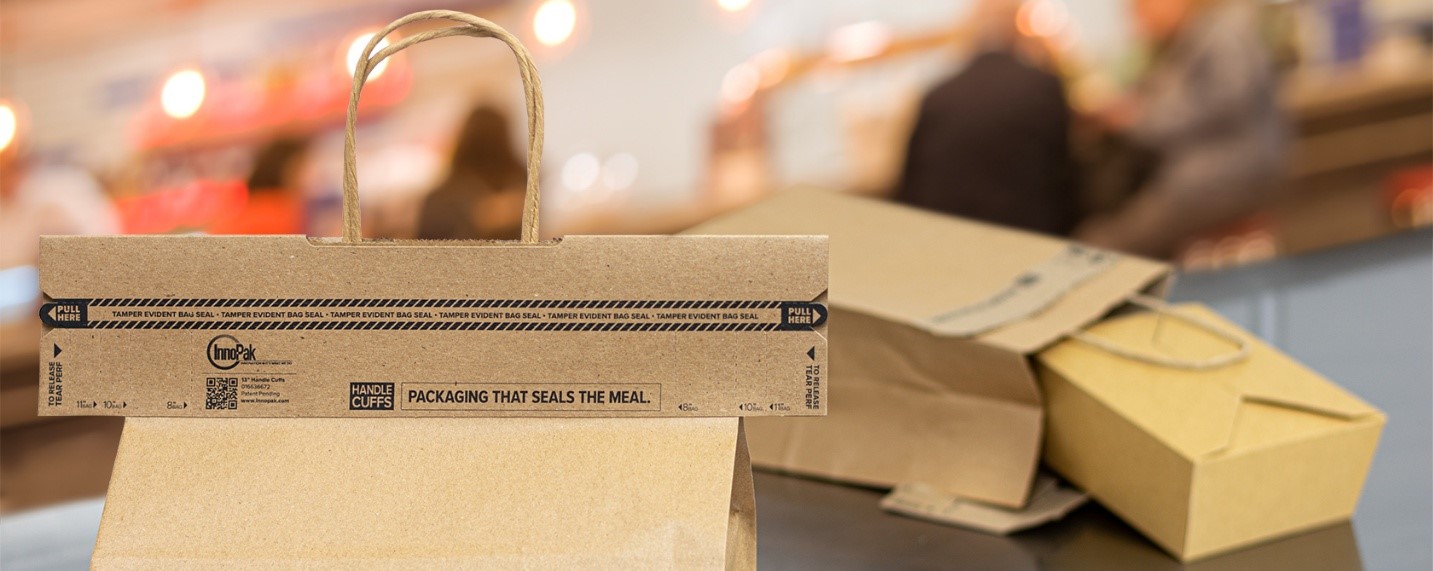
Beyond the Box
Packaging is more than just a pretty face for a product. It's a crucial element in ensuring product safety and fostering transparency between brands and consumers.
The Messenger: Packaging as a Tool for Transparency
• Ingredient and Nutritional Information:
o Packaging provides vital information about product ingredients, nutritional content, and allergens, enabling consumers to make informed choices.
o Clear and legible labeling is essential for those with dietary restrictions or allergies.
• Usage Instructions and Safety Warnings:
o Packaging includes instructions for proper use, storage, and disposal, as well as safety warnings to prevent accidents and misuse.
o This is extremely important for cleaning supplies, and medicine.
• Traceability and Origin:
o Packaging can include barcodes, QR codes, and other identifiers that allow consumers to trace the product's origin, manufacturing date, and batch number, enhancing transparency and accountability.
o This helps with product recalls, and helps to combat counterfeit goods.
• Sustainability Information:
o Increasingly, packaging provides information about its recyclability, compostability, and environmental impact, reflecting growing consumer awareness of sustainability.
The Regulators: Government Bodies Ensuring Compliance
To ensure that packaging fulfills its role in safety and transparency, government bodies play a crucial regulatory role. These bodies establish and enforce standards for:
• Food Safety:
o Agencies like the FDA (in the US), EFSA (in Europe), and FSSAI (in India) set regulations for food packaging materials, labeling, and hygiene to prevent contamination and ensure consumer safety.
• Pharmaceutical Packaging:
o Regulations govern the packaging of pharmaceuticals to prevent counterfeiting, ensure tamper evidence, and provide accurate dosage information.
• Chemical Packaging:
o Standards for chemical packaging focus on preventing leaks, spills, and exposure to hazardous substances, as well as providing clear safety warnings.
• Labeling Requirements:
o Government agencies establish regulations for labeling requirements, including ingredient lists, nutritional information, allergen warnings, and usage instructions.
• Environmental Regulations:
o Regulations promote the use of sustainable packaging materials and reduce packaging waste through recycling and composting initiatives.
• Enforcement:
o Government bodies perform inspections, and testing to ensure that companies are following the laws. They also have the power to recall products, and issue fines.
By prioritizing safety, transparency, and regulatory compliance, we can ensure that packaging continues to protect us and empower us to make informed choices.



